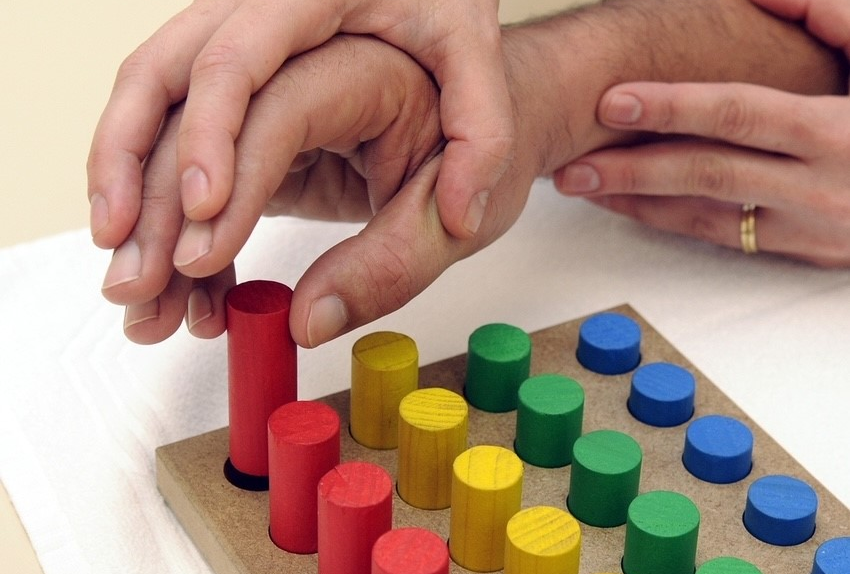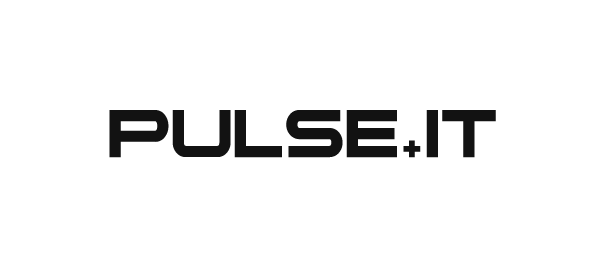
Cognitive Load & Rehabilitation
Author: Christopher Peck
This article covers:
- Rehabilitation doesn't happen amidst chaos
- Building structure, consistency and emotional safety
- Taskey's three core design truths
Rehabilitation Doesn’t Happen amidst Chaos
In the late 1980s, Australian educational psychologist John Sweller introduced Cognitive Load Theory - a theory that reshaped how we understand learning and decision-making. His insight was simple: our brains have a limited working memory capacity, and when it’s overwhelmed—by too much information, too fast - we don’t just fail to learn - we disengage entirely.
Sweller’s research focused on instructional design. But its implications extend far beyond classrooms - for clients and patients undergoing rehabilitation programs, especially those rehabilitating across multiple therapy modes simultaneously, cognitive overload is typical. Sweller showed us is that if we want people to think deeply, learn effectively, or act consistently, we must design systems that reduce friction, simplify complexity, and guide focus. This doesn’t mean dumbing things down but clearing the mental runway so real skills transformation can take off.
Rehabilitation rarely sticks when life is noisy, unstructured, and competing demands crowd out the “between-session” work that actually drives most gains. Adherence to home programs is notoriously low, and even many studies still over-count “showing up” to sessions while under-measuring the unsupervised exercise dose that produces physiological change. Tools that translate a clinician’s guidance into clear, bite-sized, time-anchored actions—then cue, track, and close the loop—are essential to protect that dose from chaos. Digital supports (reminders, easy access to personalized media, therapist feedback) can lift adherence, though design quality matters; meta- and scoping reviews emphasize that prompts, personalization, and simple feedback loops are the ingredients most likely to help patients follow through.
Building Structure, Consistency, and Emotional Safety
Cognitive resilience thrives in environments where routines reduce mental load, uncertainty is minimised, and patients feel supported. Research across rehabilitation and cognitive psychology shows that predictability and structure allow the brain to allocate resources to recovery and skill-building, rather than constantly firefighting distractions or stress. Practitioners can support this by breaking down therapy into small, achievable steps; reinforcing progress; and weaving in rest and reflection periods to balance load. Encouraging caregivers to co-create routines further stabilises the patient’s environment, which is especially critical for individuals living with neurological injury, neurodivergence, or chronic conditions.
Taskey’s Three Core Design Truths
Taskey tackles Cognitive Overload through repetitive micro-coaching moments, and contextual nudges. The core mechanics of Taskey were reverse-engineered from research on attention, decision fatigue, and cognitive processing. Here are three key principles that show up across the platform:
1. Real life as the prompt - with Taskey, personalised video instructions are available to reference, jog memory, strengthen neurological pathways.
2. Push notifications - phone-based notifications guide, reactivate and motivate.
3. All in one place - the client accesses tasks from multiple therapists in one place; no searching for hard copies, emails or messages – it’s all there in the one app.
What Are We Really Solving For?
At the heart of it, Taskey is trying to solve a very human problem: people want to grow, change, and perform, but their mental bandwidth is limited. Our responsibility as rehabilitation coaches is to make that growth easier by removing the obstacles.






